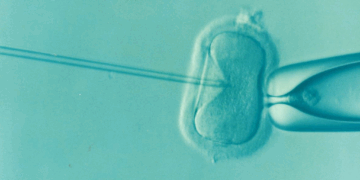This is revolutionary.
A new scientific study offers hope for increasing the number of usable donor hearts for transplant by discovering a method to protect these organs during cold storage. Published in Nature Cardiovascular Research, the research revealed that a biological process occurring during storage contributes to heart cell damage. This damage has traditionally limited the amount of time a donor heart can be preserved before transplantation.
The team found that a protein called the mineralocorticoid receptor clumps together during cold storage, leading to inflammation and cell death. This process weakens the heart’s ability to function once transplanted. However, when donor hearts were treated with an existing medication called canrenone—known to block this receptor—the damage was significantly reduced. In fact, treated hearts displayed nearly triple the pumping strength compared to untreated hearts.
Dr. Paul Tang of the Mayo Clinic, the study’s lead researcher, emphasized the practical importance of the finding. He noted that longer preservation times often reduce a heart’s chance of functioning well post-transplant. By using canrenone, transplant teams may have a new way to improve outcomes and make more donor hearts viable for surgery.
Currently, fewer than half of all donated hearts are used due to the short preservation window and the risk of primary graft dysfunction, a condition where the heart can’t pump properly after surgery. The promising results from this study suggest that canrenone could extend that window and reduce complications, potentially saving more lives.
Researchers also observed that similar protein behavior occurs in other organs like kidneys, lungs, and livers during cold storage. This raises the possibility that the same preservation strategy might benefit multiple types of organ transplants in the future. Further research is expected to explore these broader applications.

































Discussion about this post